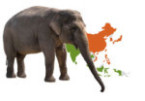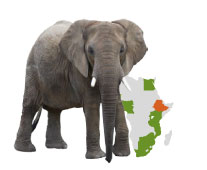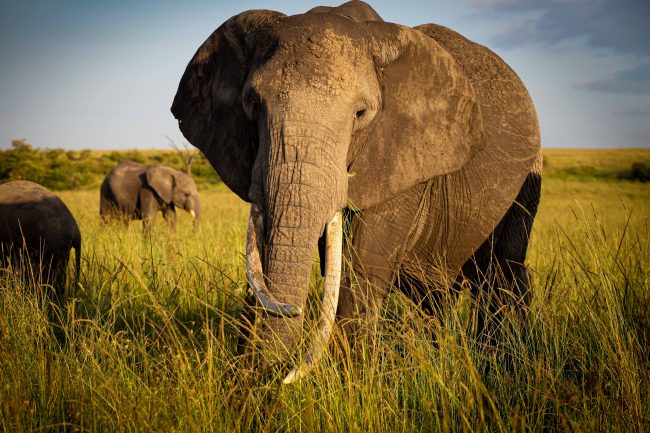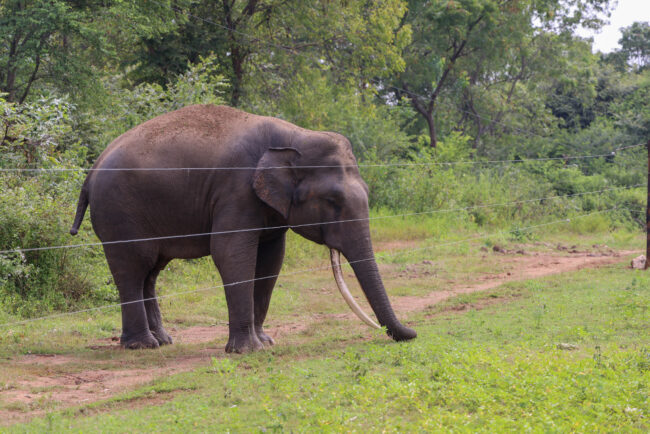In 1989, CITES (the Convention on International Trade in Endangered Species) issued an international ban on the ivory trade. Despite this, legal trade still exists in many countries, including Japan, and the black market continues to do a brisk business.
2013 saw the greatest quantity of ivory confiscated in the last 25 years.
Tusks are found in African elephants of both sexes while only in Asian males. Some female African elephants are now being born without tusks in a genetic mutation caused by poaching.
May 2016, Kenya showed that it has zero-tolerance for the illegal ivory trade by torching 105 tons worth of ivory. The largest ivory burn in history.
June 2, 2016, the United States adopted a near total ivory ban (essentially prohibiting all commercial import, export, and interstate trade of African elephant ivory with some few, limited exceptions). As of summer, 2017, a ban that includes the outlawing of intrastate sale of elephant ivory has been codified into law in California, New Jersey, New York, Hawaii, Oregon, Nevada, and Washington State. Similar ivory ban legislation is currently underway/being considered in Nebraska, Pennsylvania, Delaware, and Massachusetts.
At the end of December, 2016, China announced it would close its legal trade by the end of 2017. By the end of March, 2017, it had closed all its carving factories, and it plans to phase out its ivory retail shops by year’s end.
The result: prices of raw ivory have fallen from a high of $1322/kg in 2015 to $660/kg (or lower) today.
An African bull’s tusks can grow to over 11 feet long and weigh 220 pounds, however, the average weight of a mature elephant tusk typically ranges from 80 to over 150 pounds (80 pounds = 36kg; 150 pounds = 68kg).
France announced an ivory ban in August of 2016.
In June of 2017 Hong Kong launched a bill that would ban the import and export of worked and raw ivory by 2021.








